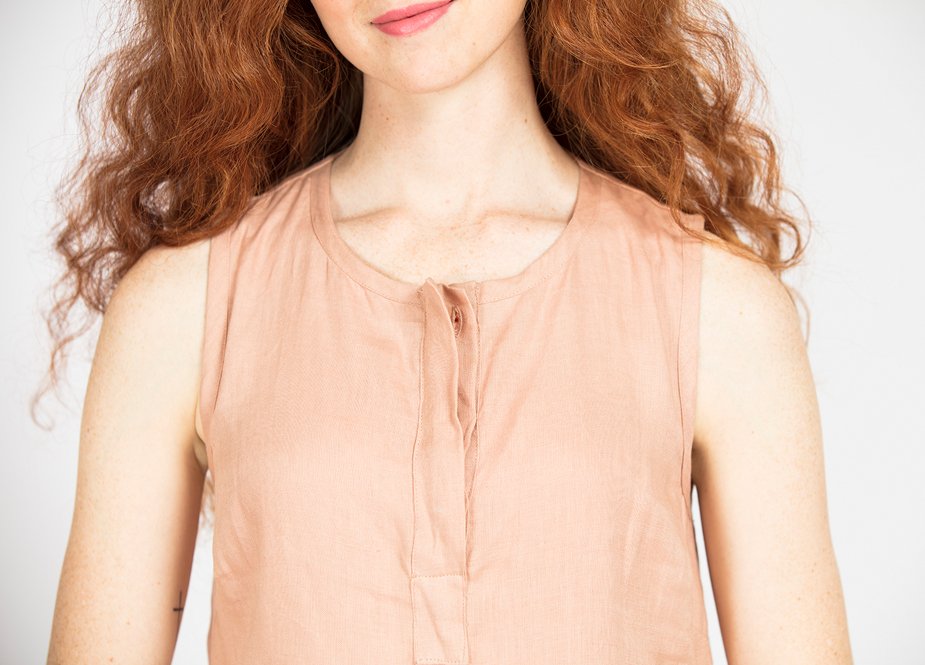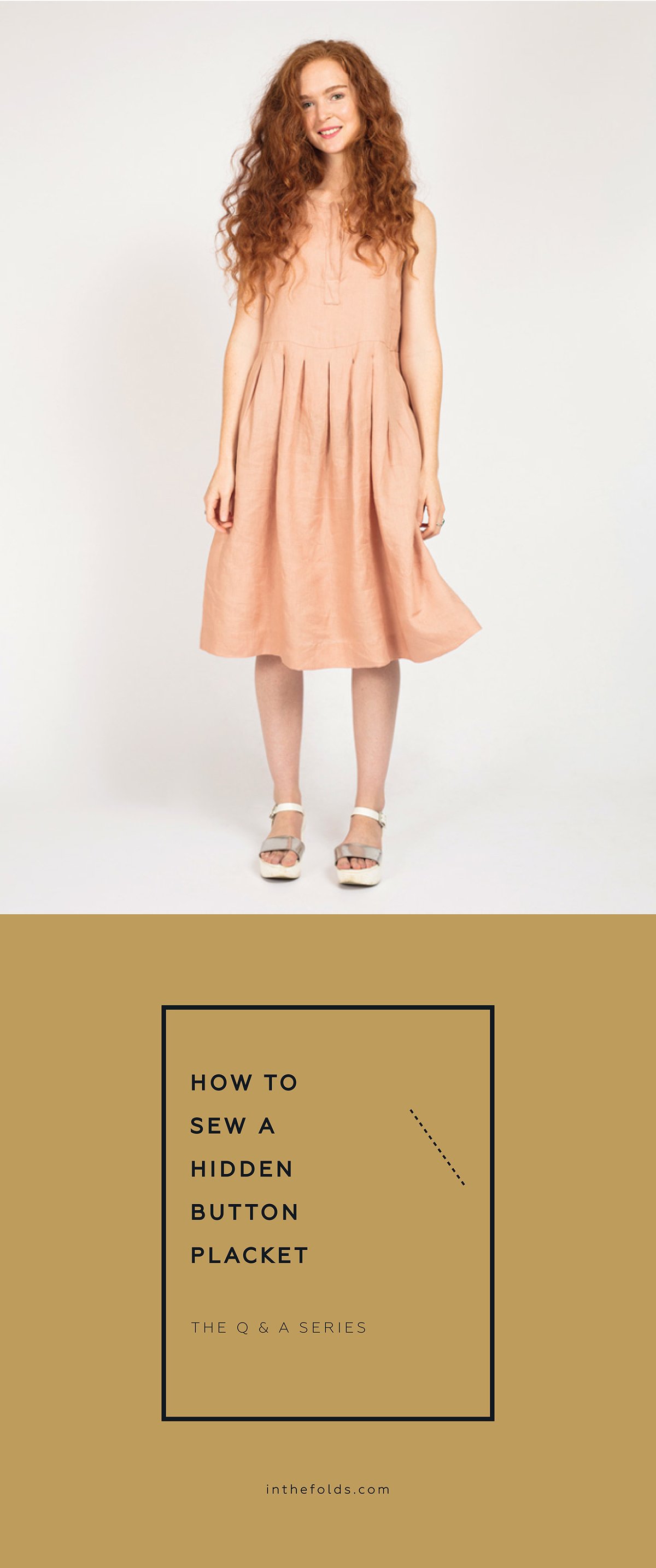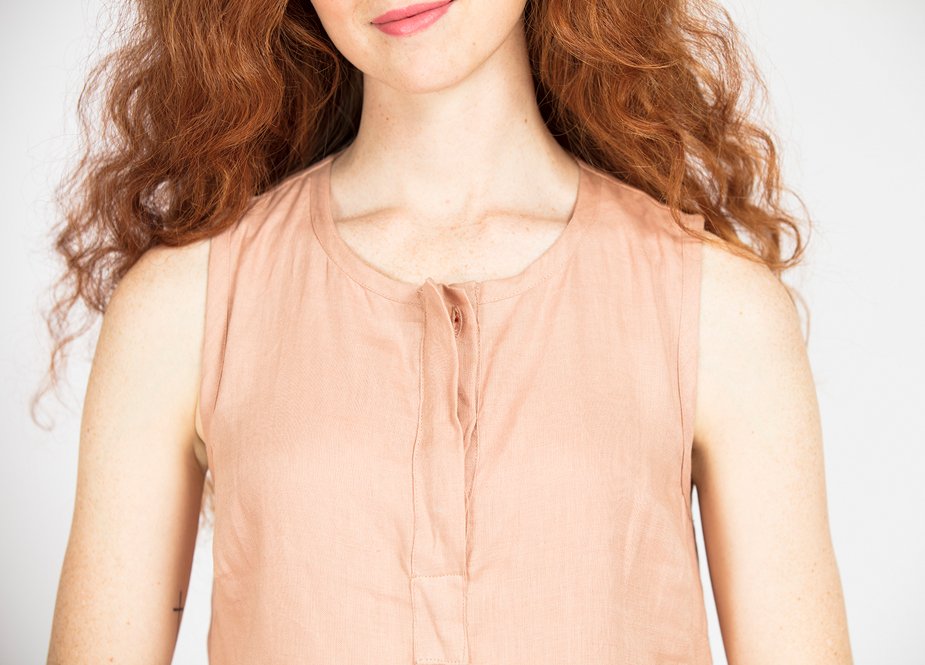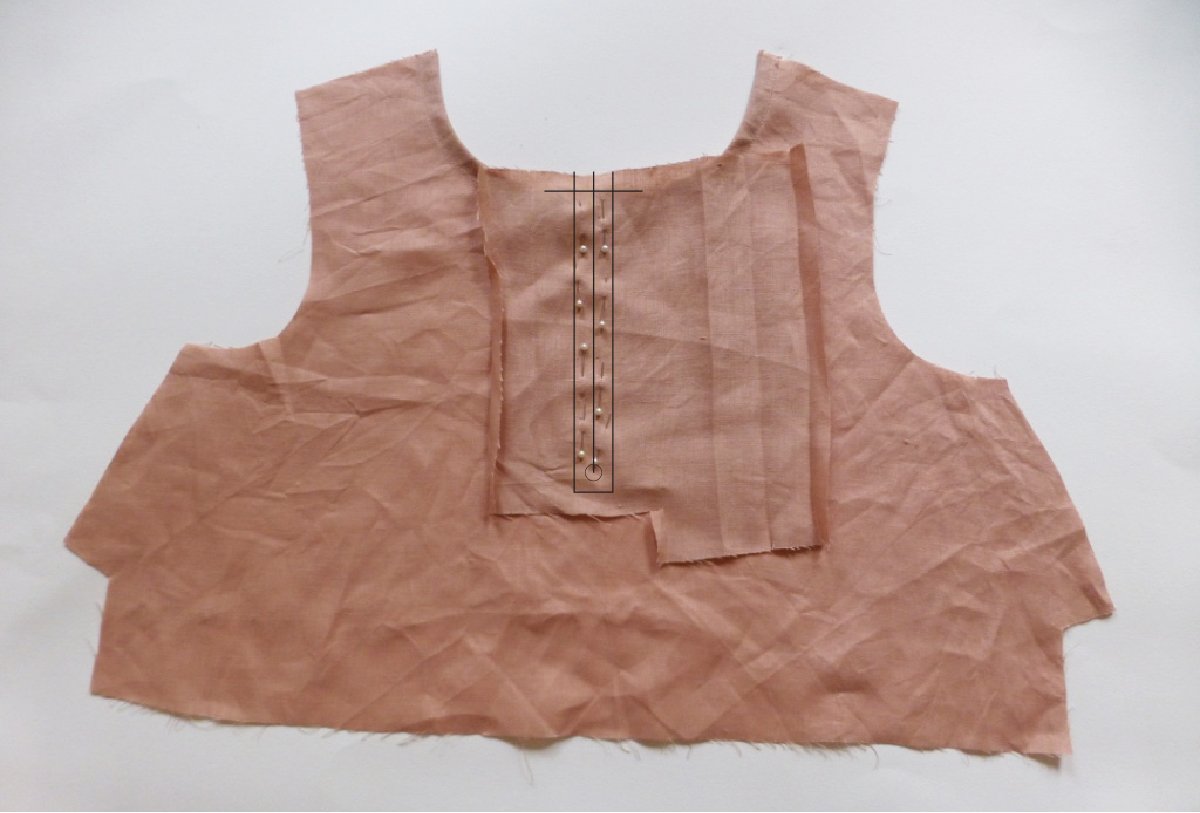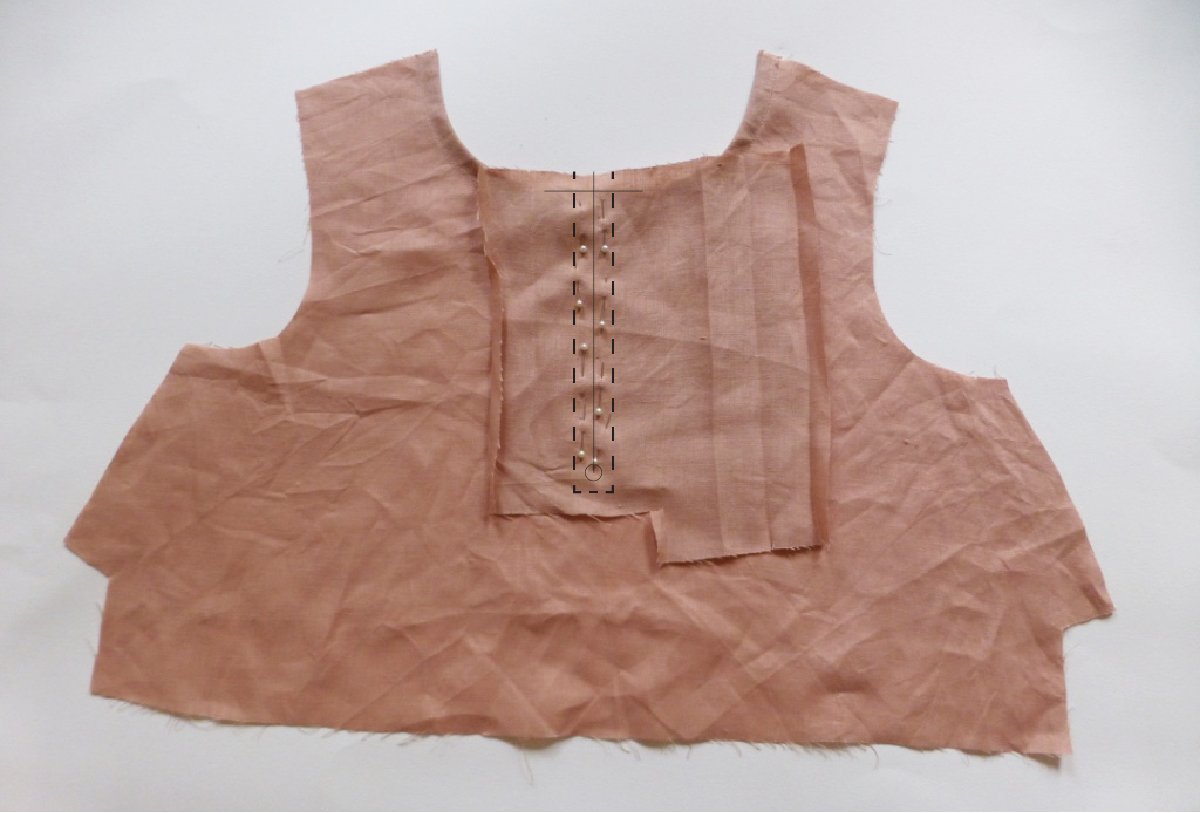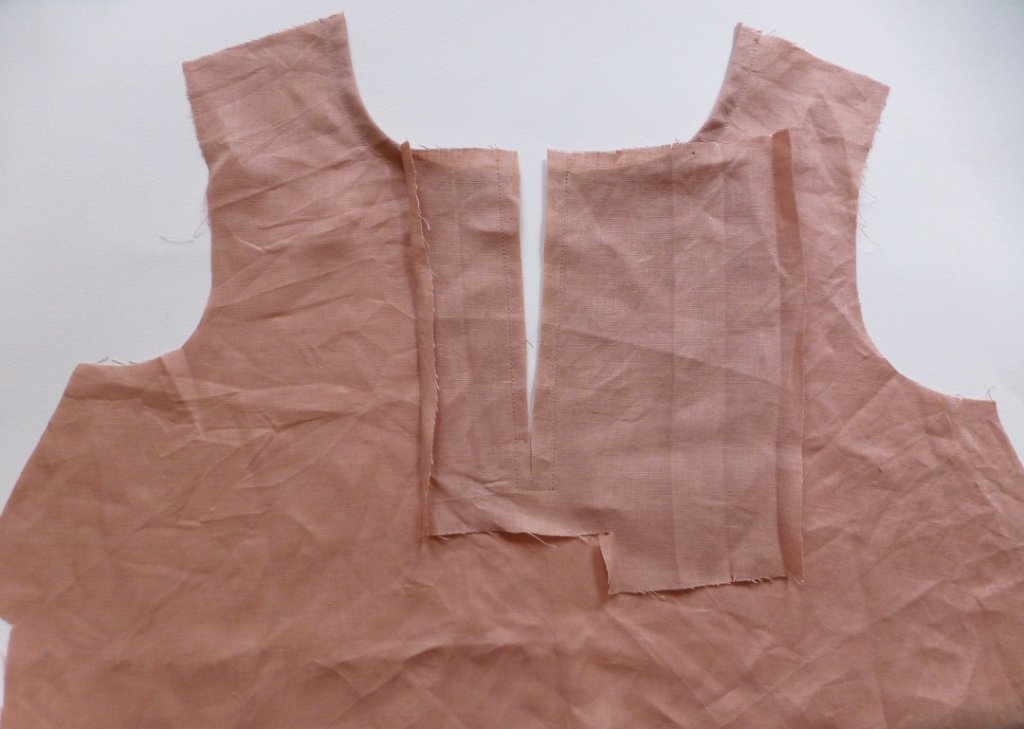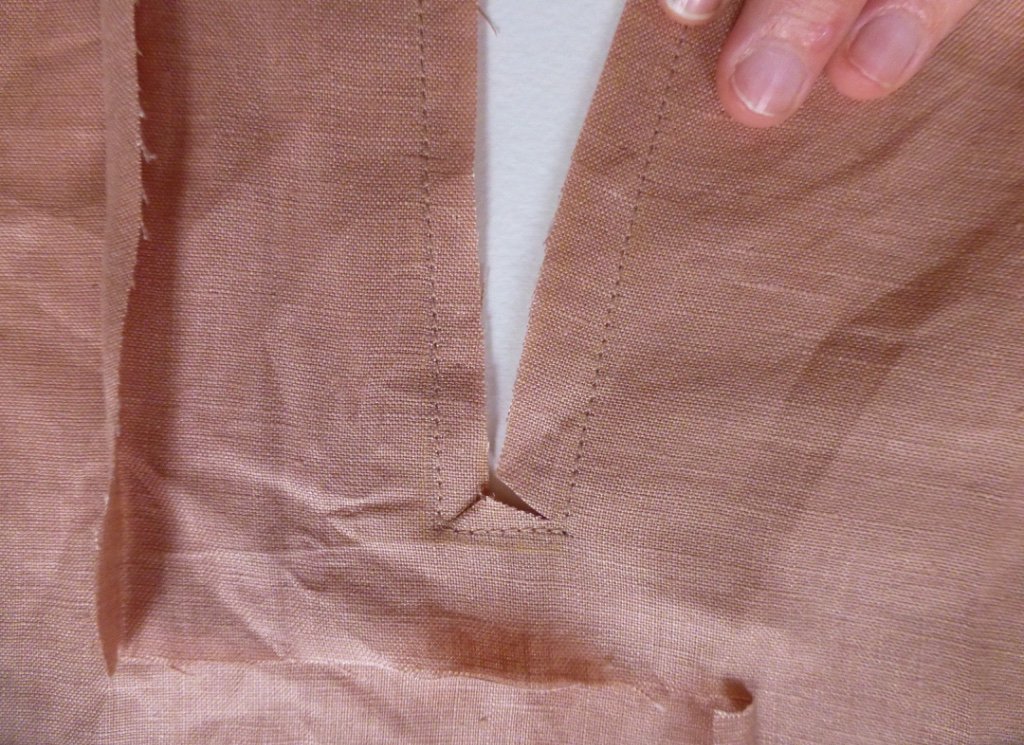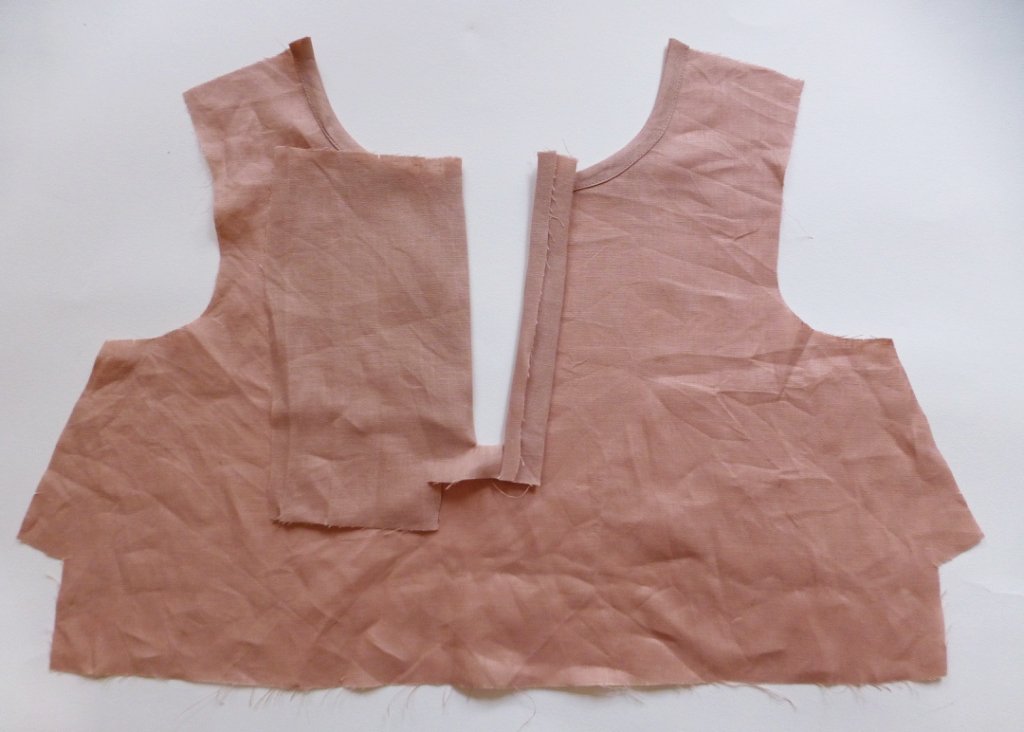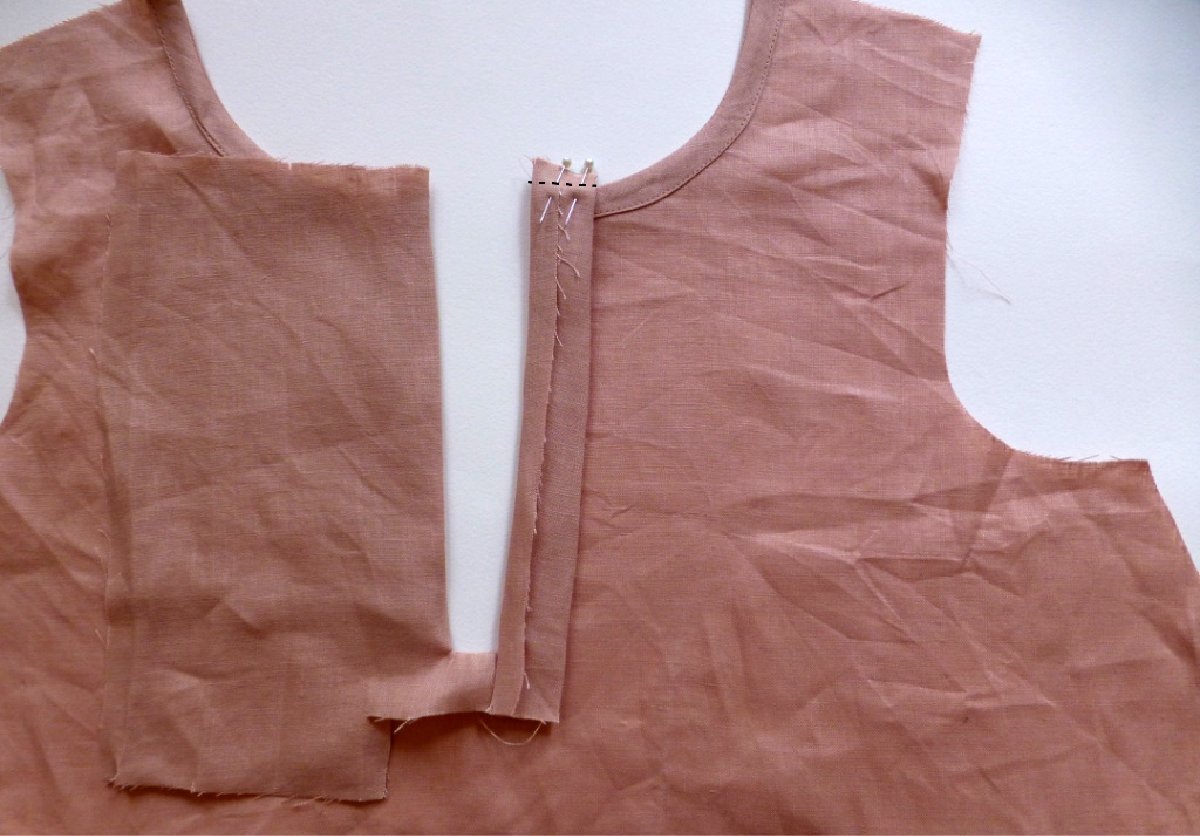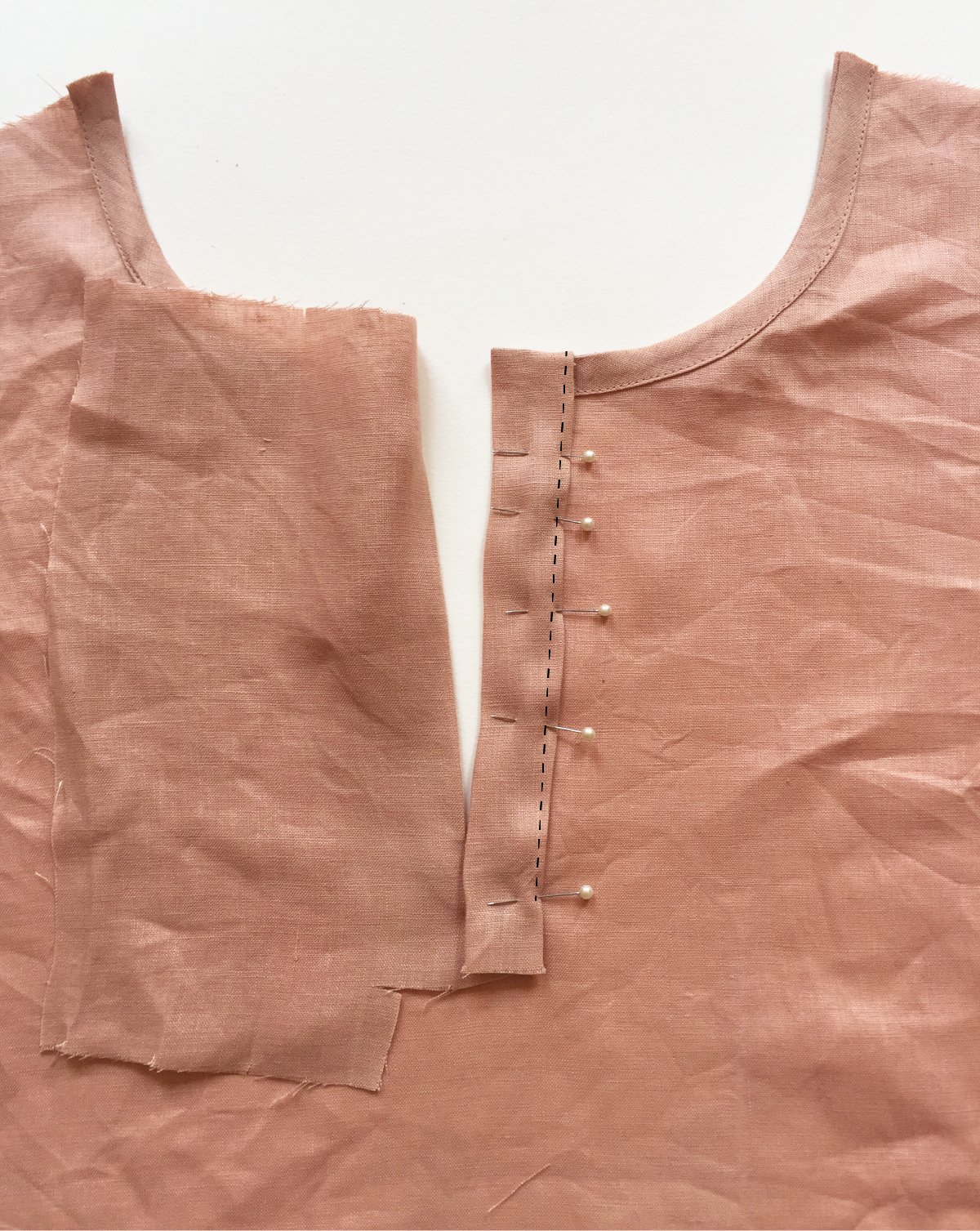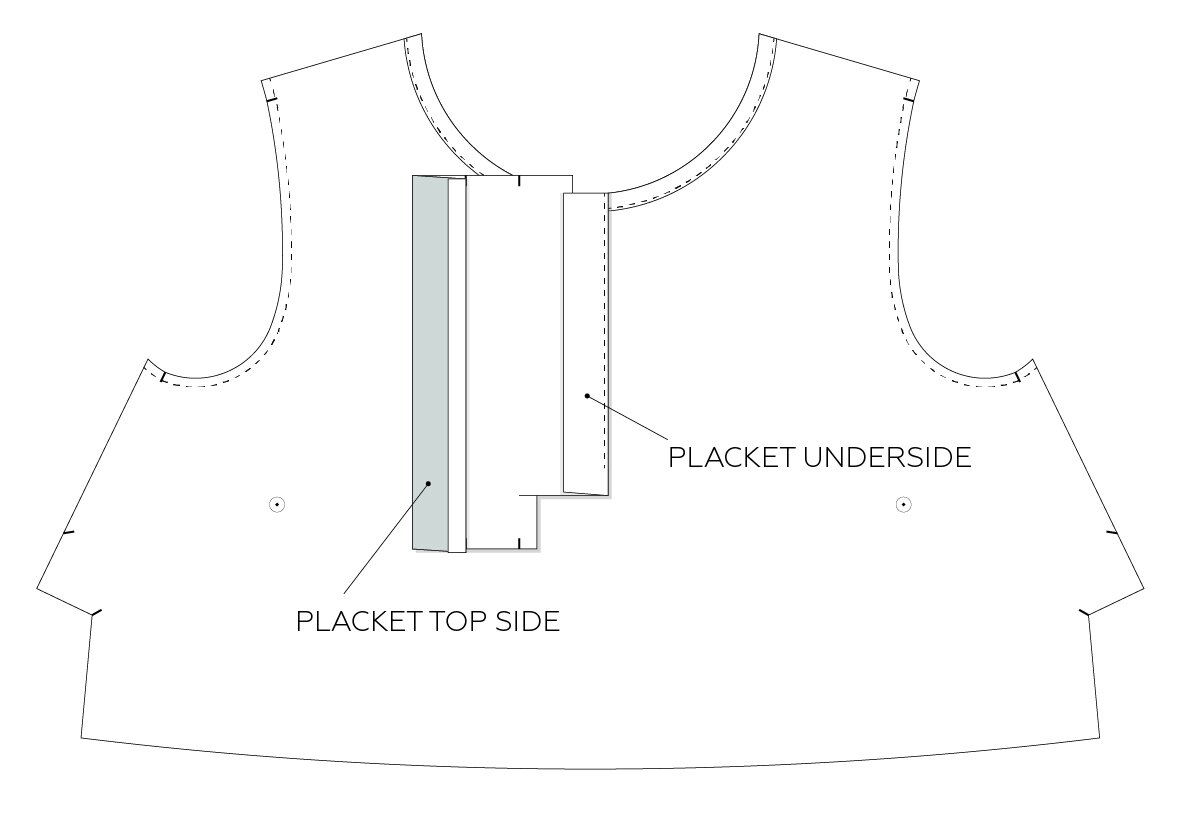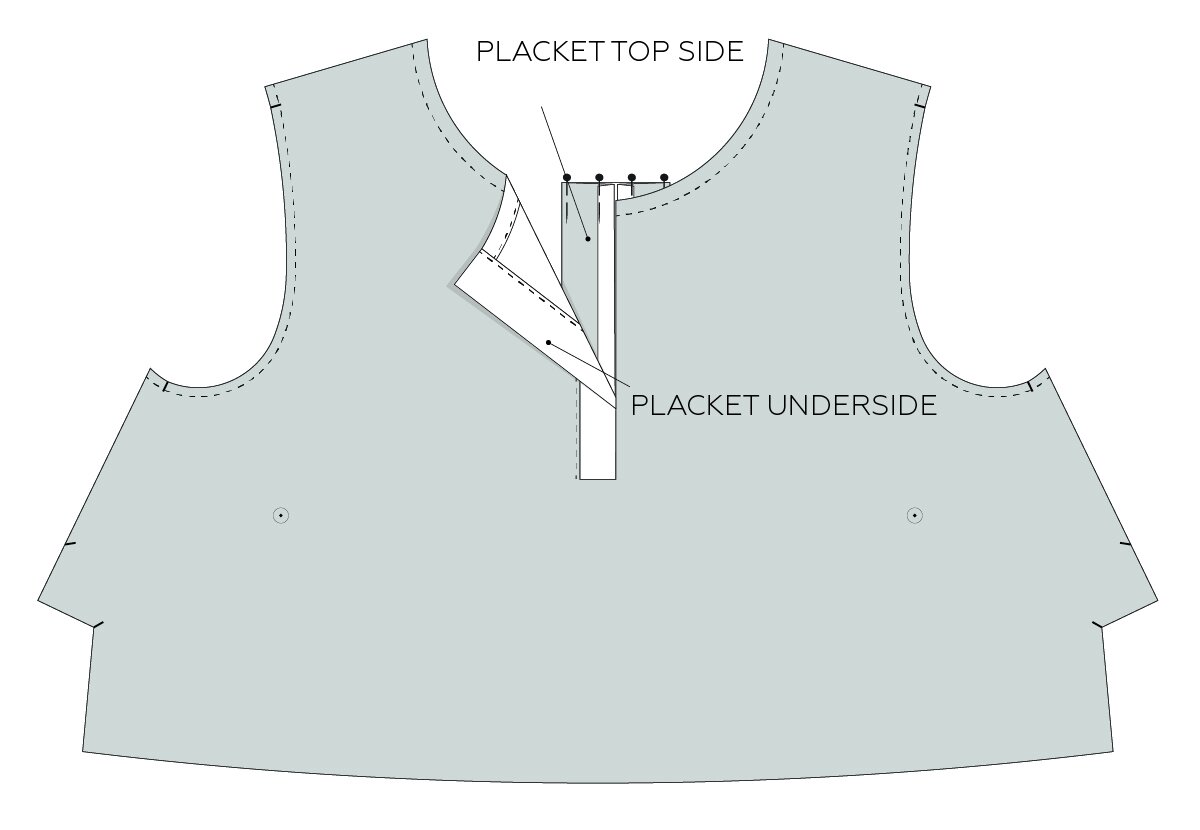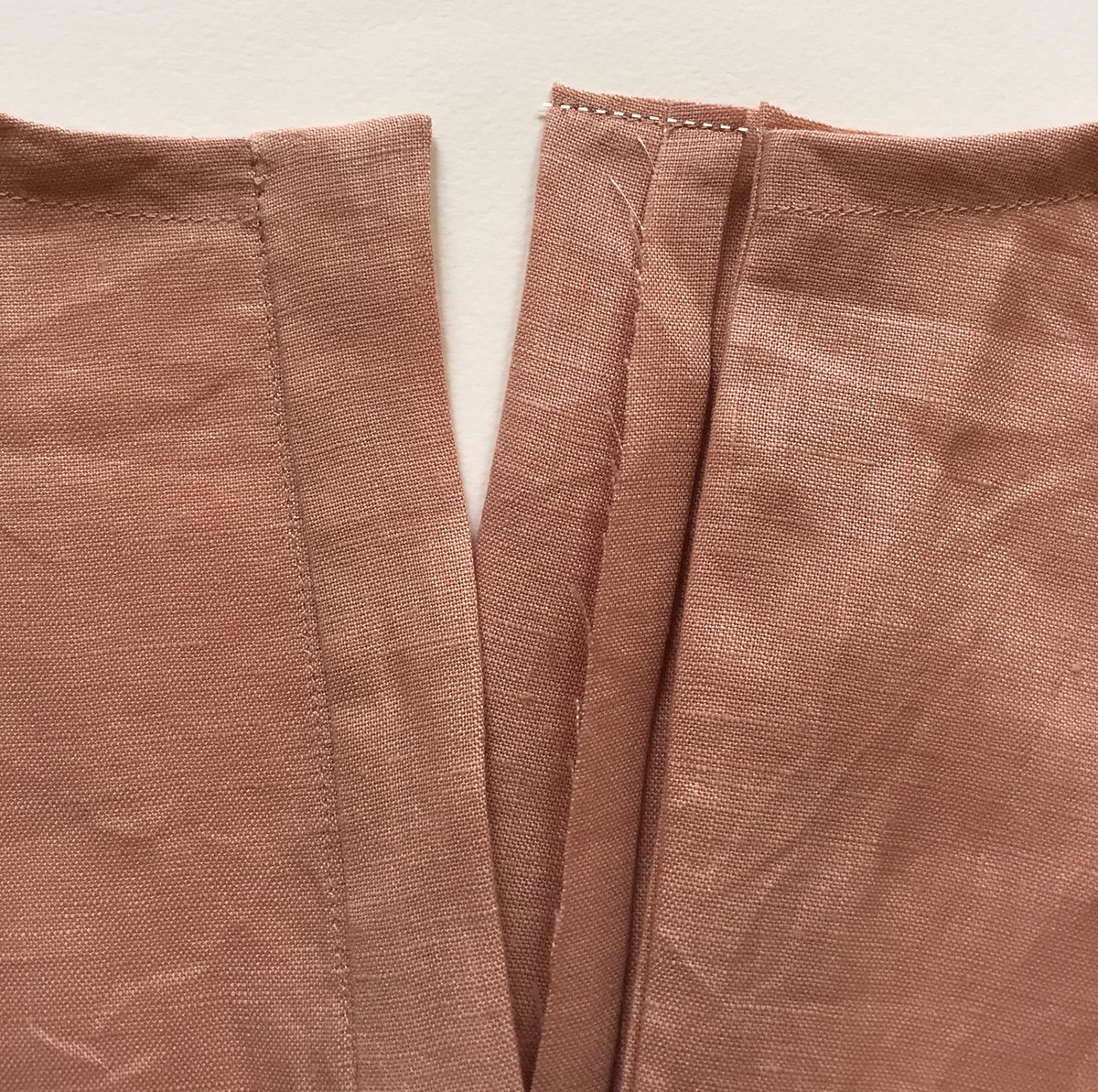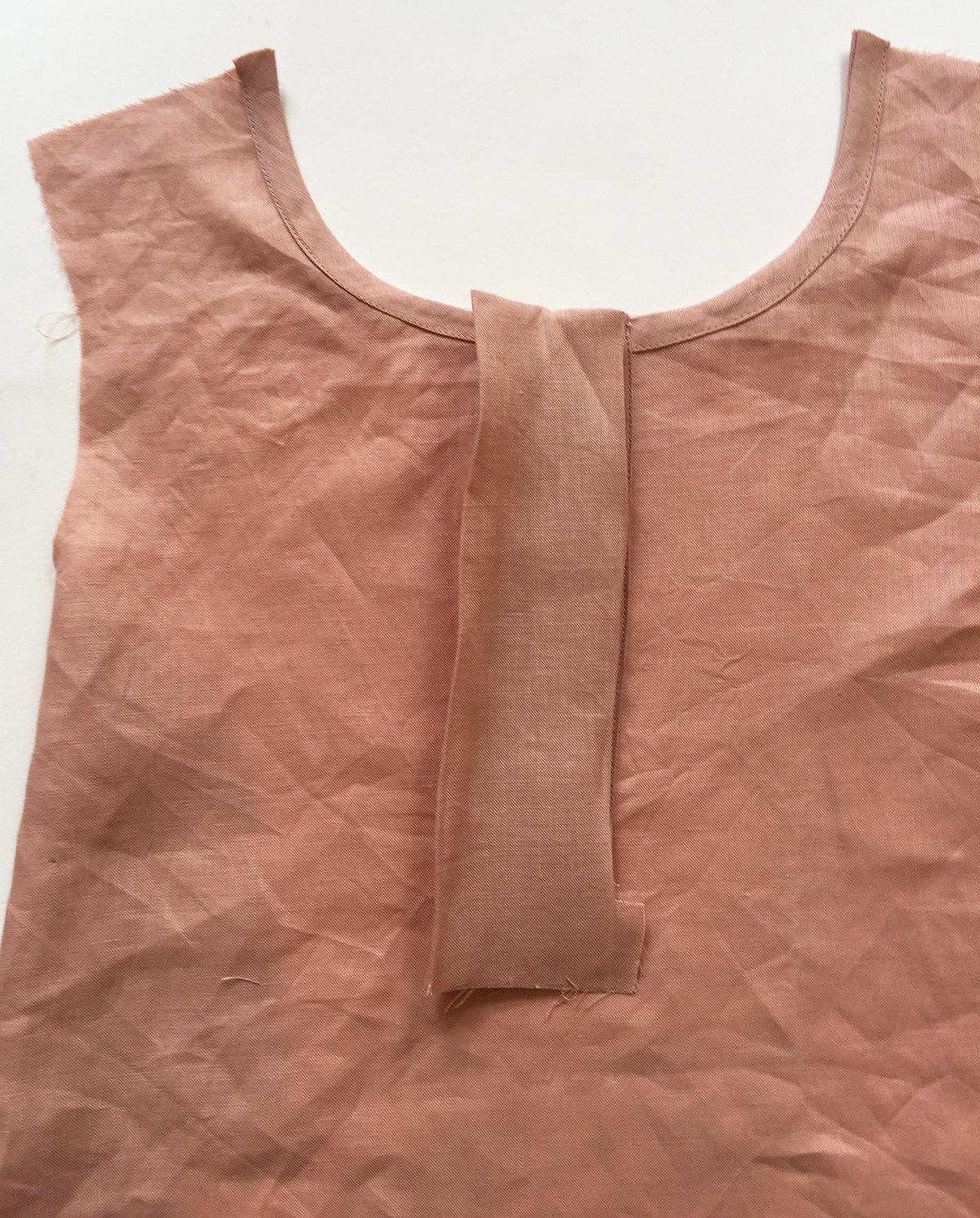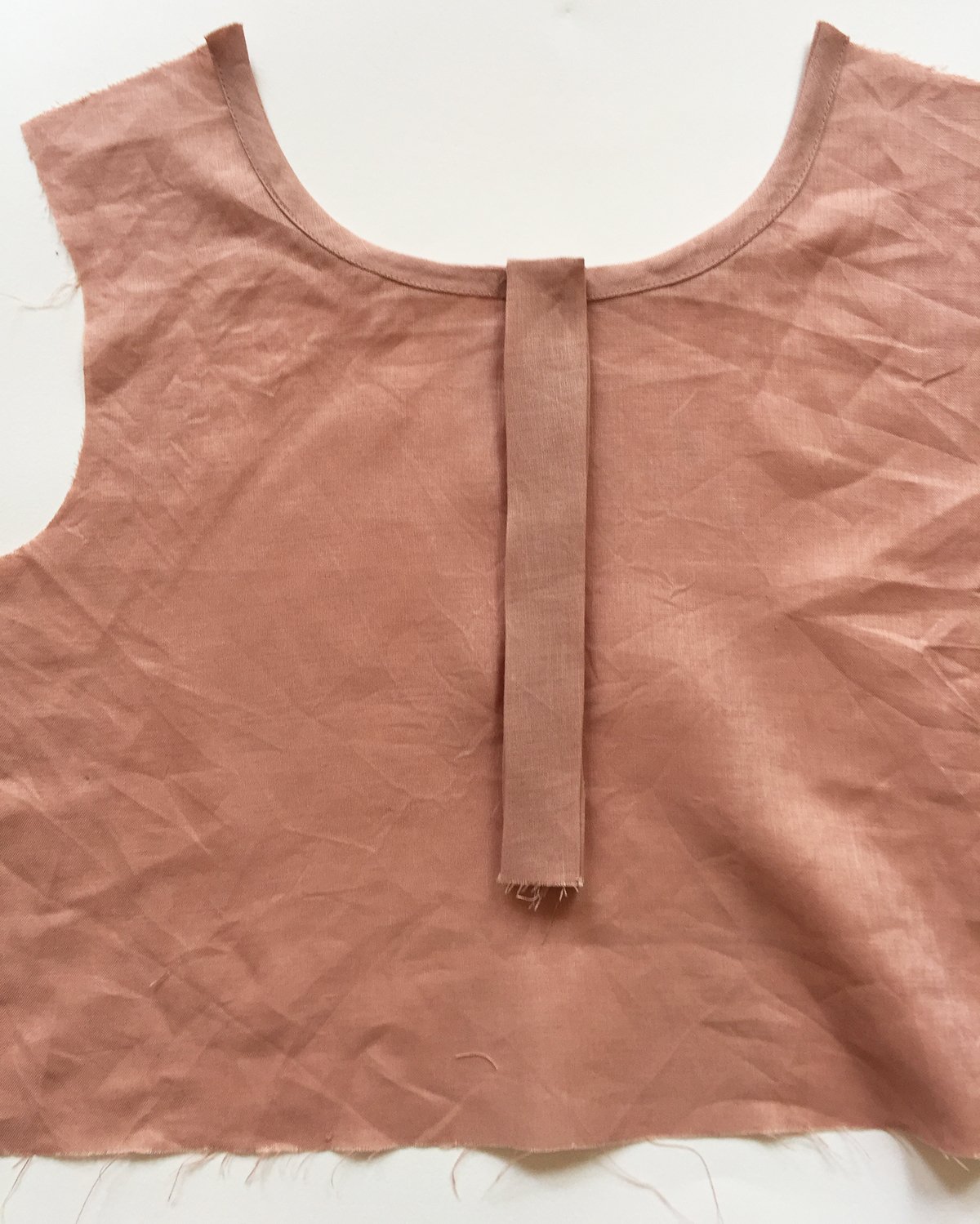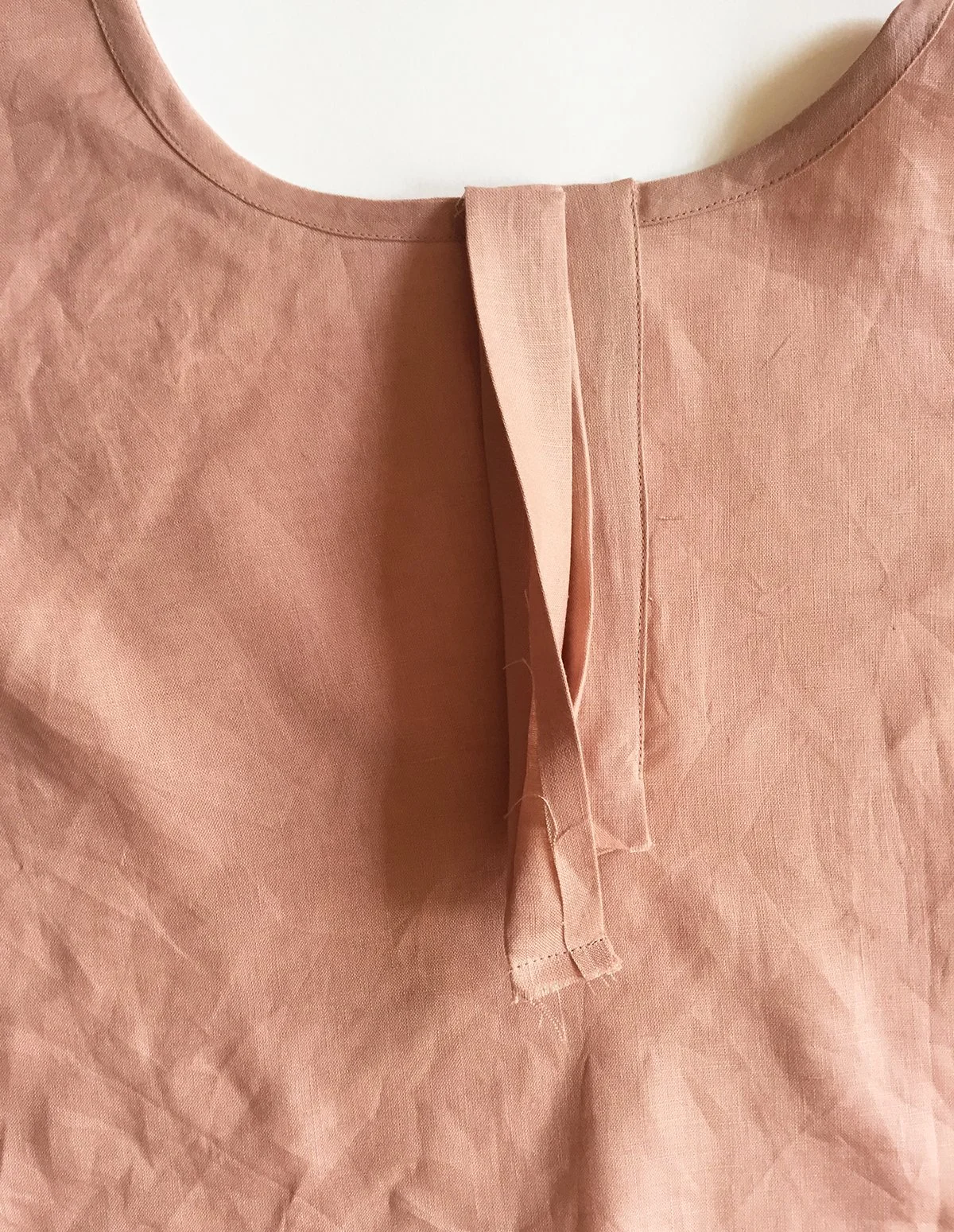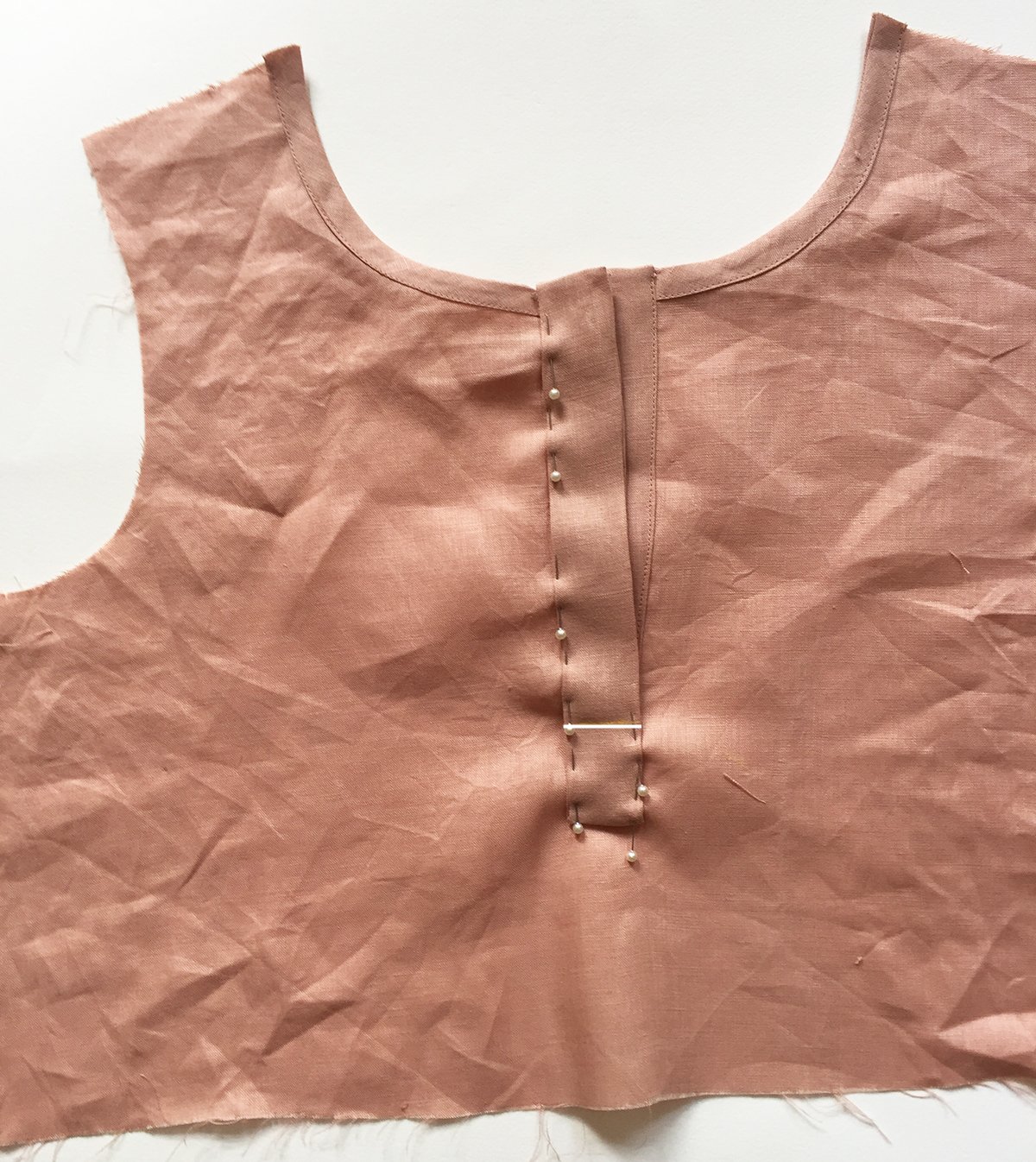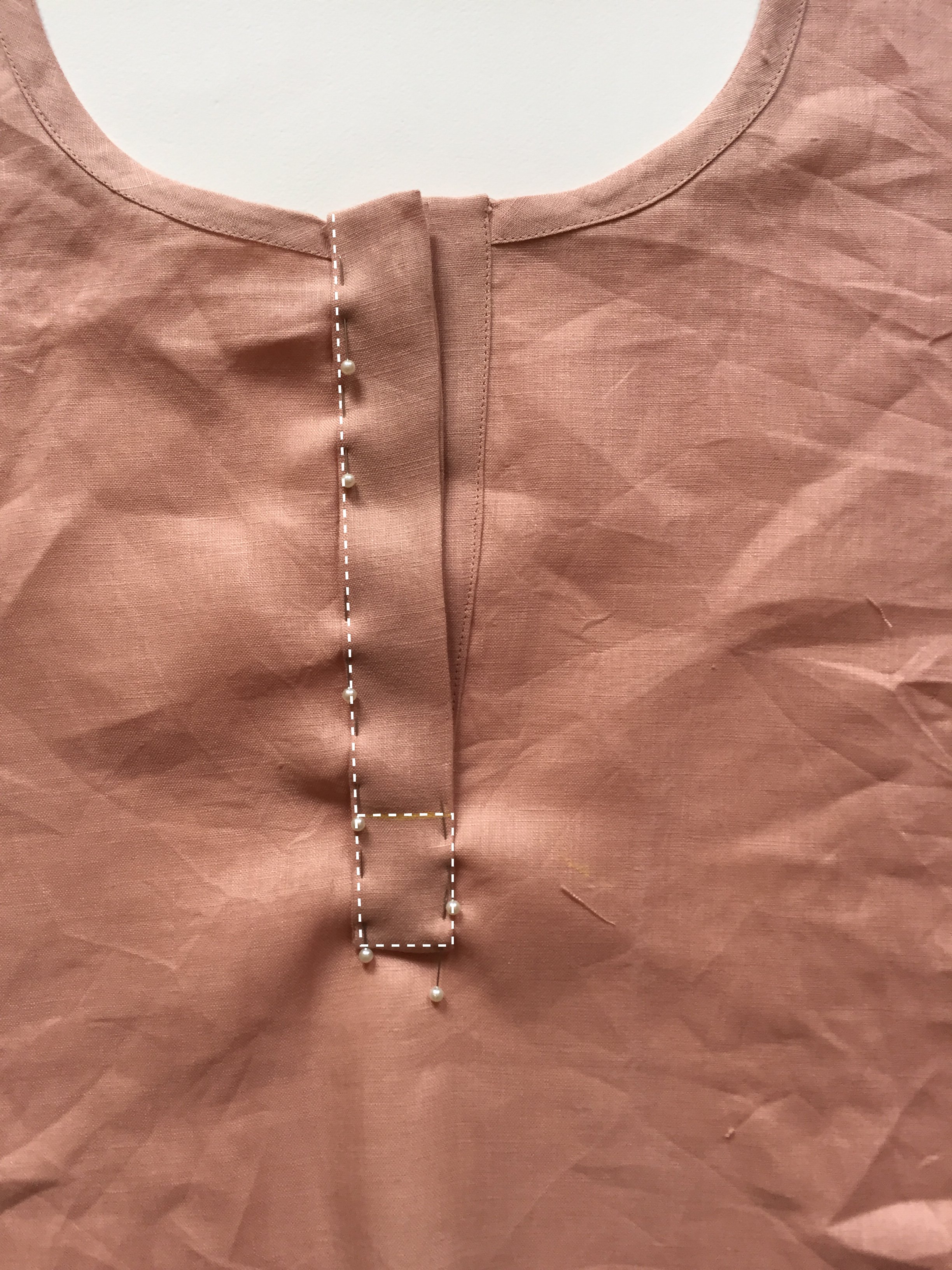THE Q & A SERIES
High bust measurement on In the Folds patterns
Hello there!
I am a member of Curated by ITF which I enjoy. I do, however, tend to look at the patterns that you produce for Peppermint Magazine. I have just downloaded the Pleated Summer Dress and I have a couple of questions:
What cup size has been used for the dress block, please? You quote height but not upper bust size. This helps me understand if I need to do an FBA even before making up a toile.
One of the last instructions is around buttonholes and placing them in the placket. Surely it would be easier to do the buttonholes before actually attaching the skirt so that you have less fabric to wrestle???? (fabric wrestling is popular sport for me!)
I look forward to hearing from you.
Thanks
Zoe
At this stage, all In the Folds patterns are drafted for a B cup bust (except for the Whitlow robe which we recently released in our extended size range). The Pleated summer dress pattern was produced a number of years ago, before we started including high bust measurements in our instruction booklets. The same block was used that we currently use and you can find the high bust measurements here.
Feel free to place your buttons and buttonholes at any point you like. You could even do them as soon as the placket is complete as the neckline is all finished at this point. I just generally do them at the end as it was the way I was taught, but there is no particular reason to do that and it's always a good idea to construct garments in the ways that are comfortable to you (and avoid fabric wrestling if possible).
I think we often can second guess ourselves and assume the instructions know better - but there are often times when you are better off choosing a method or order of construction that suits your preferences. Even I fall into this trap sometimes when I use another company's patterns and then kick myself later for not just doing it the way that I enjoy / that makes me feel comfortable.
Happy sewing,
Emily
For more issues of the Q & A series, you can check out the archive here.
WHAT YOU’VE BEEN MAKING
Everyday dress made by @bymillamutten
Hove jacket made by @easternweston
Hove jacket made by @hsudolly
Darlow pants made by @letitiawinter


